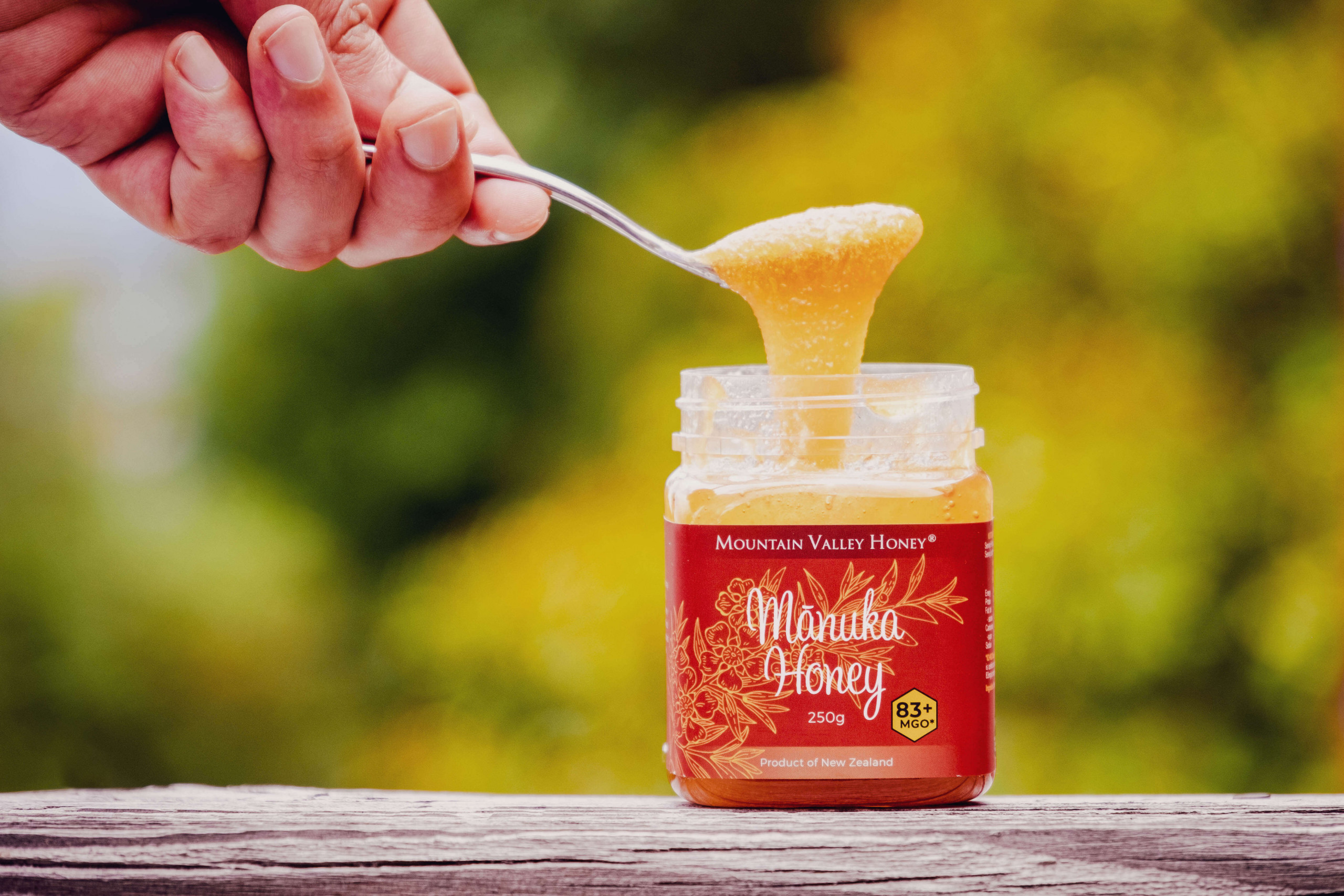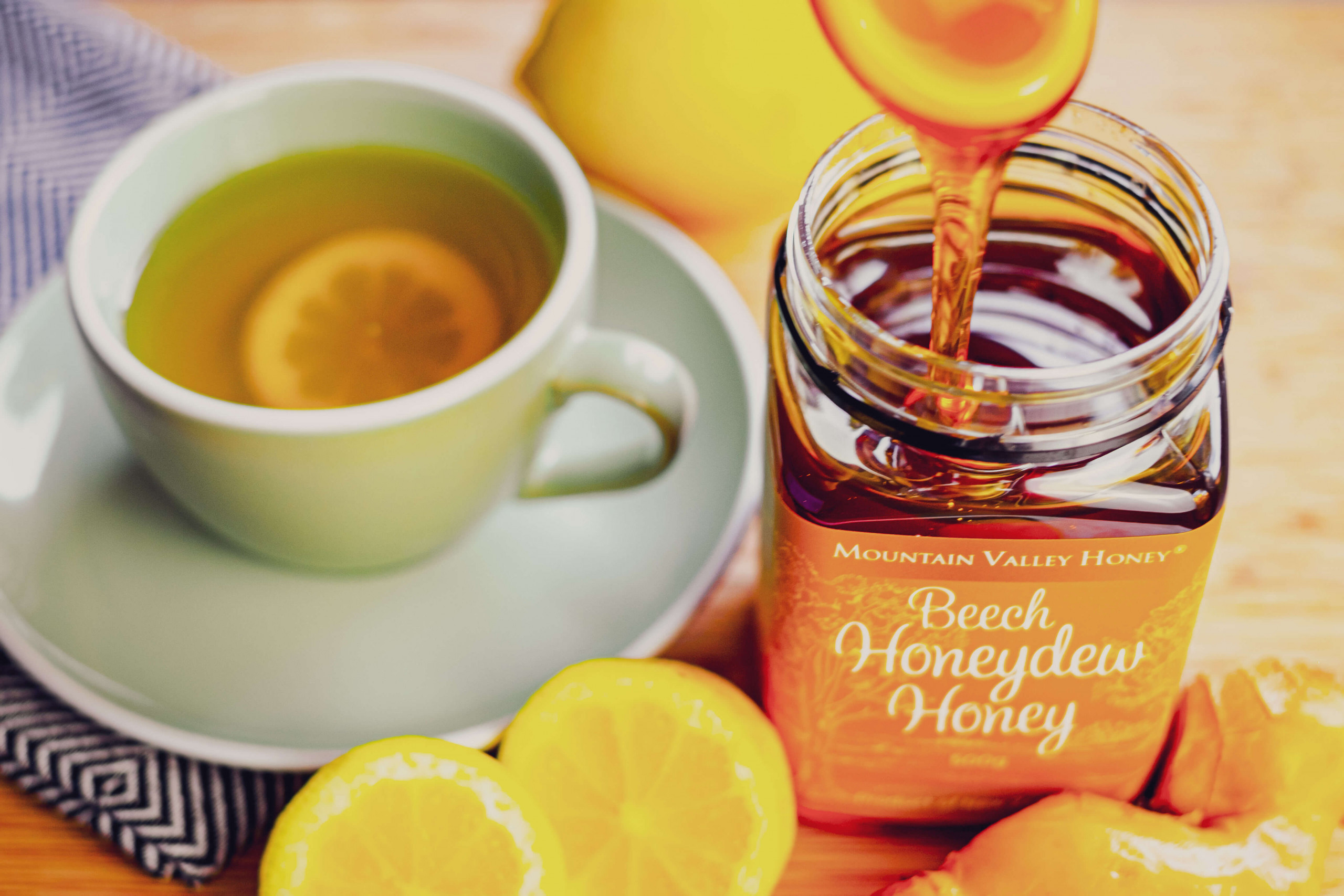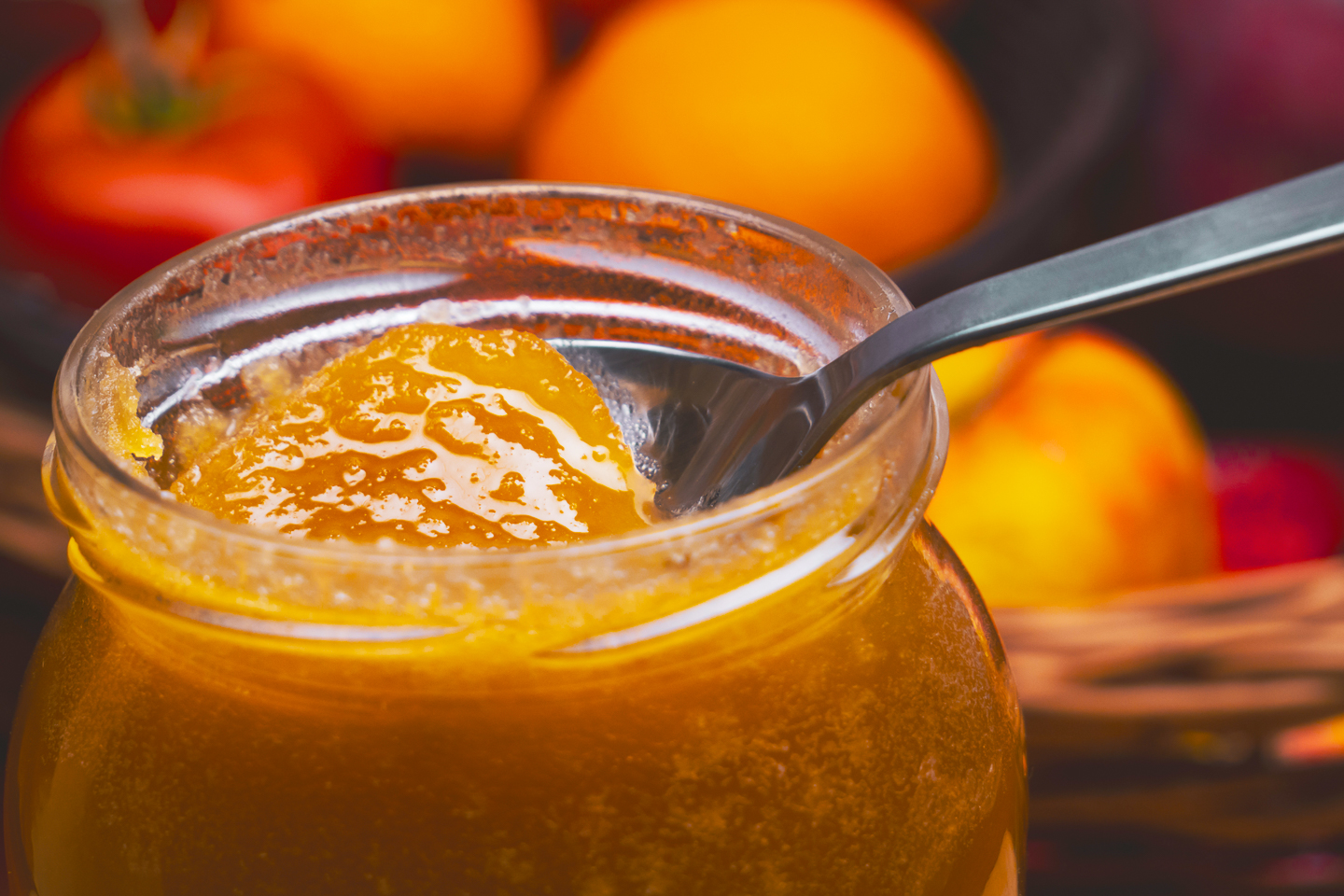NZ Manuka Honey: 10 Fascinating Facts about Manuka Honey
Most people have heard of the many health benefits of Manuka honey, however, there is a lot more to Manuka than meets the eye. In recent times, NZ Manuka Honey has become incredibly popular around the world, but not many people know about its fascinating background.
In this article, we take a look at 10 fascinating facts that most people don’t know about this amazing natural product.

1. Manuka honey was not an instant hit in New Zealand.
The commercial production of honey in New Zealand began in the late 1870s, with the introduction of moveable-frame beehives. But people in the 1900s actually preferred honey made from wildflowers. It wasn’t until 1991 that the health benefits of Manuka honey became known. And this is when the NZ Manuka honey boom really took off.
Up until then, the benefits of eating raw Manuka were not understood. Beekeepers whose families go back generations remember their fathers feeding Manuka to the bees during winter in a poor season. The rich, earthy flavour and grainy texture were not appreciated and there was not much of a market.

Farmers particularly disliked the Manuka plant, treating it as a noxious weed. For most of the 20th-century farmers spent their time trying to remove Manuka from land intended for pasture. This included the planting of infected trees to spread a sooty mould disease which attacked and destroyed Manuka plants.
Nowadays Manuka plays a significant role in improving ecologically degraded areas. Once established, the Manuka tree is very hardy and can survive droughts, floods and strong winds. That makes it a great ‘nursery crop,’ providing shelter to more fragile natives, allowing them to grow up into forests over time.
2. Manuka has an extremely short flowering season
Manuka’s flowering season lasts only 2-6 weeks, peaking in mid-December. Individual flowers may only be open for 5 days — so the bees need to work quickly. Beekeepers must place their hives carefully and make sure the bees are in tiptop condition, ready to make the most of the harvest. If the hives are placed too early or too late, the bees will get distracted by other flowers, making multi-floral honey instead.
The weather conditions must also be judged perfectly. Manuka flowers will not release their nectar if it is too cold. And, a lot like us, bees are clever creatures — if it is too cold and wet, they will just stay in their hives and eat up their stored honey.

3. Manuka has a closely related cousin — Kanuka
Kanuka honey, a cousin of Manuka, has been a bit of a well-kept secret in New Zealand. Kanuka honey also has remarkable health benefits, especially when it comes to treating skin ailments. There are actually some very good reasons to buy Kanuka vs Manuka honey.
If you are wondering whether your tree is a Manuka or Kanuka, there are a few tricks to telling the difference. Kanuka trees are taller, at up to 15 metres, whereas Manuka generally only grows to 6-8 metres. Although they do look very similar, Manuka leaves are spikier, and the flowers are larger.
4. Manuka is the only honey to have its own rating system
A bit like sunscreen, NZ Manuka honey has its very own rating system to show its strength and purity. While you might see other scales, the two industry standards in New Zealand are UMF vs MGO. All Manuka from New Zealand must be tested by an approved laboratory. There are also strict labelling guidelines. When you buy Manuka honey, always make sure it bears one of these ratings.

5. Manuka comes from New Zealand — It’s a Māori word.
Mānuka is a word that belongs to Māori, the indigenous people of New Zealand. The proper Māori version should wear a little hat, or macron, over the ‘a’. Whereas, the English version usually doesn’t have the cap.
The macron is important because it actually shows us how to pronounce the word: the ‘a’ vowel should be long — as in car. Also, you should emphasize the first syllable.
Therefore, the correct pronunciation is maa·nuh·kuh. But, if you pronounce it correctly, shop owners might not know what you are talking about!

When you see this on labels it’s a good sign that you are buying genuine NZ Mānuka Honey. As more people learn to speak Māori in New Zealand we should start to see the correct version* more often.
*So, why is the cap missing in this article? We’ve used the English version so that people looking for Mānuka information can find this article. Most people don’t know how to add the cap into their search!
In 2017, the UK trademark registry accepted that the term Manuka designates a specific plant variety grown in New Zealand. Although the tea-tree grown in Australia is closely related, it is not the same plant. This has not stopped Australia from challenging the ruling, but nobody is that surprised. Australia has a habit of claiming cool stuff from New Zealand, just like Phar Lap, Pavlova and Crowded House. It’s no wonder they want to pinch this too – NZ Manuka honey is a seriously cool plant.

6. Māori people used New Zealand Manuka for healing, long before honey came along.
Māori were taking advantage of Mānuka healing properties long before European settlers produced the honey. They used the tree’s leaves, bark, seeds, and flowers in a surprising variety of ways:
- Applied externally it was used to treat scalds and burns.
- Vapour from the leaves was inhaled to help with colds.
- Infusions helped with fevers and urinary problems.
- A ‘tea’ made by boiled down and concentrated, was also used as a sedative and mouthwash
- The berries were given to babies as a treatment for colic.
- Ash from the burned wood was rubbed into the scalp to treat dandruff and applied directly to help with skin disorders.
It’s no wonder that Māori considered Mānuka as taonga (or treasure).
7. Captain Cook used Manuka to make tea and even beer.
Quick to steal a good idea, Captain Cook and his crew drank Manuka tea on their voyages. Believing that it might help to stave off scurvy, Cook even used branches of rimu and Manuka to make beer. He wrote in his journal that the brew was “exceedingly palatable and esteemed by everyone on board.”

8. The NZ Manuka honey industry owes thanks to a woman
Today’s NZ Manuka honey industry owes a great deal to a plucky woman from England. In March 1839 Mary Bumby insisted on bringing her bees and special beekeeping baskets called ‘skeps’ to New Zealand. Up until then, there were no colony-producing honey bees in New Zealand. There is good evidence to show that Manuka was the first honey produced by Mary’s Bumby’s bees since it was prolific in the area that she settled.
9. Manuka is some of the world’s purest honey because it grows in such remote locations
Manuka honey’s uniqueness is due to the remote wilderness places where it is found. Many of these sites can only be accessed by a long trek, or by helicopter. The hives are located far from the intensive farming that relies on herbicides and pesticides. This remoteness also ensures the purity of the honey. The best NZ Manuka honey, monofloral Manuka, comes from Manuka flowers alone. Beekeepers must find densely growing areas to locate their hives so that the bees do not have access to other types of flowers as well. Monofloral Manuka has high levels of unique chemicals that other raw honeys do not.
10. Loved by superstars, NZ Manuka honey has gained superfood status
A highly complex natural substance, NZ Manuka honey contains over 200 chemicals and compounds. No wonder scientists are so excited about researching all the possible health effects of this honey. And all the buzz has celebrities excited, too.
Those in the NZ Manuka honey ‘superfan’ group include Gwyneth Paltrow, Scarlett Johansson, Kourtney Kardashian, Ed Sheeran and even the Duchess of Sussex, Meghan Markle. Tennis superstar Novak Djokovic reportedly eats Manuka from New Zealand as part of his health regime. Apparently, he eats raw Manuka during matches and takes two spoonfuls every morning with a glass of warm water.
Manuka really is a fascinating plant, giving us one of the most wonderful honeys in the world. If you are lucky enough to go hiking in New Zealand, be sure to keep an eye out for Manuka trees. Next time you buy NZ Manuka honey, you’ll understand a little more about what makes it so special.



